5G Launch Date In India, When will it be Launch in Our City? Airtel, VI, Jio 5G Expected Plans & Features
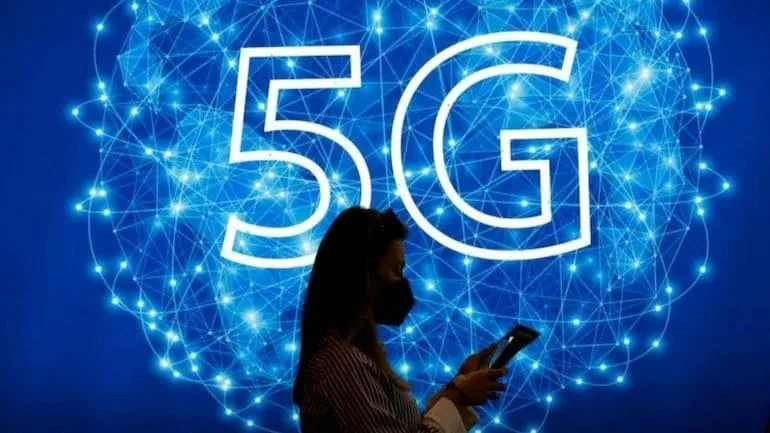
5G Launch Date In India, When will it be Launch in Our City? Airtel VI Jio 5G Expected Plans & Features
The Department of Telecommunications (DoT) has formally announced the introduction of 5G. You won’t be able to use 5G throughout India because the service will initially only be available in a few places. The goal of Jio, Airtel, and Vi is to build a network that can link everyone and everything together, including machines, objects, and gadgets like 5G-capable smartphones. The benefits of fifth-generation networks over previous-generation mobile networks include higher multi-Gbps speeds, lower latency, and increased stability.
Additionally, the network offers use cases for customers using AR/VR, AI, and high-speed internet. China, the US, South Korea, Europe, and others have already advanced with 5G implementation. Will India join the bandwagon of 5G countries in 2022? 13 cities around the nation will get 5G services in 2022, according to a press statement from the DoT.
The Department of Telecommunications-funded indigenous 5G trial project has entered its last phase and is most likely to be finished by December 31, 2021. The launch of 5G services in India will follow. Next year, 5G network connectivity is anticipated for Indians.
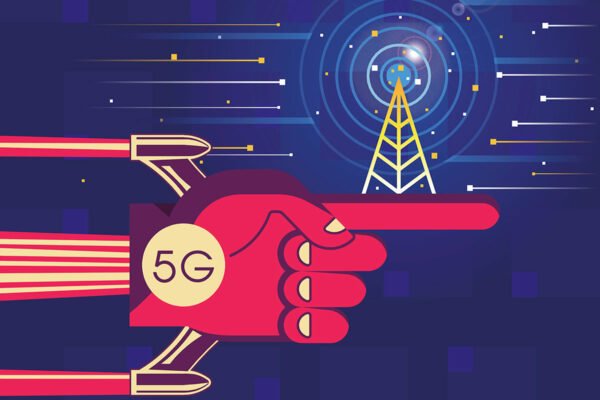
When will 5G launch in India?
Given that the launch dates for 5G differ from nation to nation, there is no conclusive response to this query. We can, however, make an educated guess as to when 5G will likely debut in India. New wireless technology known as 5G promises higher quality and quicker speeds than 4G. It is anticipated to completely transform how people use mobile devices, speed up, and improve other online activities like streaming and purchasing.
In addition to enabling new services like self-driving cars, 5G networks are anticipated to relieve congestion on current networks. It is expected that 5G will play a significant role in aiding India’s continued rapid expansion.
Mobile devices can send and receive data at rates 50 times quicker than those of 4G thanks to 5G technology, making them comparable to the typically fixed line internet connection. Most handsets will support Band 71/Band 30 or LTE-LTE thanks to 5G, which is a bonus (the next generation network available in Tier 1 cities). The way 5G operates makes it possible to have connectivity everywhere and connected experiences like digital health and remote access to many different services, like virtual assistants. The availability of digital healthcare in India will undoubtedly increase as a result, and 5G will probably be a key instrument for raising standards of living in many different sectors.
What is the estimated launch date for 5G in India?
Even though there is no set timeframe for the introduction of 5G in India, it is anticipated to happen in the next years. The rationale is that 5G technology has various advantages over 4G technology, including faster speeds, lower latency, and greater mobility.
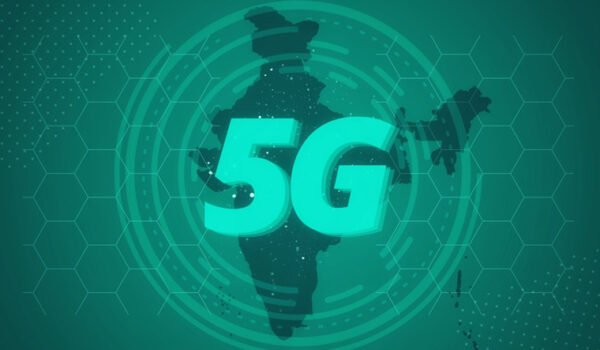
Is India ready for 5G?
India is unquestionably prepared for 5G. With a vast population, the nation has a lot of prospective clients who could use the quicker speeds and better connectivity that 5G offers.
Businesses in India may find 5G to be an appealing alternative, thanks to its many advantages. These include:
-
Increased speed and capacity: With speeds up to 10 times faster than current 4G networks, 5G networks will allow companies to expand their operations and improve customer experiences quickly.
-
Reduced latency: 5G networks have significantly reduced latency than 4G networks, allowing for real-time communication between users and devices. This will be especially helpful for applications that demand quick response times, such as virtual reality and augmented reality.
-
Improved security: 5G will enable companies to set up systems that are more secure and resistant to cyberattacks. This will lessen the risk of data theft or compromise.
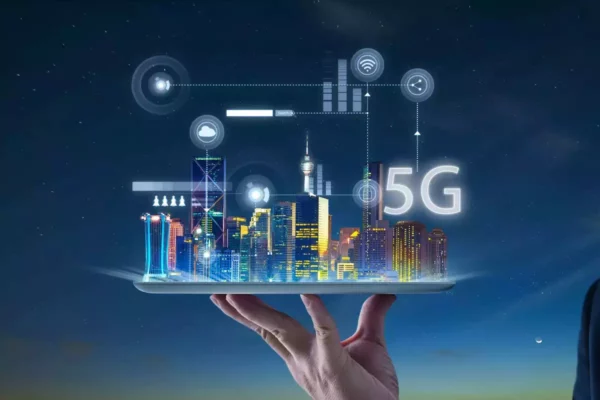
5G Cities in India
Jio, Airtel, and Vi (Vodafone Idea), the three main telecom providers, have all already established 5G test sites in these locations. These cities include Gandhi Nagar, Lucknow, Luckgram, Bengaluru, Kolkata, Chandigarh, Jamnagar, Delhi, Gurugram, Chennai, and Gandhi Nagar.
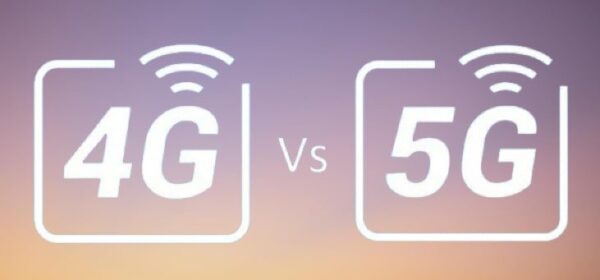
Difference between 5G and 4G networks
The speed of 5G networks exceeds that of 4G networks. They can have 10 times quicker data transmission rates than 4G networks. This will make it possible to create brand-new services and applications that weren’t before.
Although 5G networks are predicted to overtake 4G networks in the near future, 4G networks are still frequently utilised today.
5G Frequency Bands in India
526-698 MHz, 700 MHz, 800 MHz, 900 MHz, 1800 MHz, 2100 MHz, 2300 MHz, 2500 MHz, 3300-3670 MHz, and 24.25-28.5 GHz are among the spectrum bands that are anticipated to be put up for auction. Both public and private 5G networks will use these bands. In India, 5G frequency bands are not yet accessible. After the spectrum auction, the dates of which have not yet been made public, the bands will be made available. Before the rollout, the 5G spectrum will reportedly be auctioned. The DoT announced in a statement that “the process of allotting frequencies to TSPs (Telecom Service Providers) will be commenced as soon as possible.”
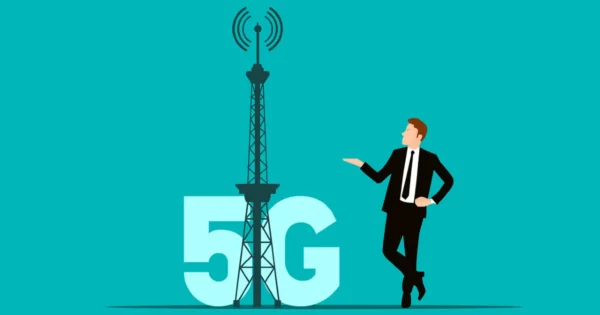
General View on 5G Network in India Airtel, VI, Jio
The fifth generation of mobile data networks is generally referred to as 5G. A new standard for the Internet of Telecommunications called 5G has gained widespread acceptance. 1G, 2G, 3G, 4G, which are still in use, and now 5G, which was launched in various regions of the world, were the first generations to be released. “5G enables a new form of network that is meant to connect practically everyone and everything, including machines, objects, and gadgets,” claims the Qualcomm blog.
Common 5G Bands in India
After the spectrum auction, which has not yet been confirmed as the 5G Launch Date In India, the bands will be made available. Before the rollout, the 5G spectrum will reportedly be auctioned. The DoT announced in a statement that “the process of allotting frequencies to TSPs (Telecom Service Providers) will be commenced as soon as possible.”
Multiple GBPS speeds, virtually zero latency, more dependable network power, and increased network capacity are all features of 5G wireless technology. Consumers utilising various networks will be able to experience data speeds uniformly thanks to 5G. The way that everyday people view mobile data and data speeds could be completely changed by 5GEven the most isolated villages may be able to get internet speeds that are comparable to the best corporate WiFi networks thanks to 5G technology.
-
Jio 5G Band in India
One of the first telecom companies to roll out 5G services in India will be Jio. Hardware and technological components that have been produced domestically will power the network.
-
Airtel 5G Band in India
When 5G is finally launched throughout the nation, Airtel will make an announcement. The organisation believes that more time is required to implement the most recent mobile technologies nationwide. Gopal Vittal, the CEO of Airtel, claims that the country’s 5G ecosystem is still in its infancy and that spectrum is pricey. The cost of spectrum, which is very high, he claimed, is the core issue with 5G.
-
Vi 5G Band in India
Vi, also known as Vodafone Idea, is prepared to roll out 5G in India as soon as the spectrum is made available through an auction. With 5G architecture and other technologies like MIMO and DSR, the business has enhanced its 4G network. “Our network is pretty much 5G ready.
When the 5G auction happens, we will be able to launch 5G. Nevertheless, India needs to create 5G use cases. Since India is special, some global use cases might not be applicable,” according to Vodafone Idea MD and CEO Ravinder Takkar, who spoke at the AGM last year. Additionally, the telco has suggested 5G trials with a number of suppliers, including Huawei and Ericsson.
-
BSNL 5G Band in India
The 5G intentions of state-owned telco BSNL are still a mystery. There’s no new information on the company’s plans for a new 5G corridor in Delhi since it first announced them back in 2019. According to BSNL Chairman Anupama Srivastava, the corridor will show off how the new technology might be used while providing the best data speeds at 5G tiers. She also mentioned that the telco is establishing an internal testing facility.
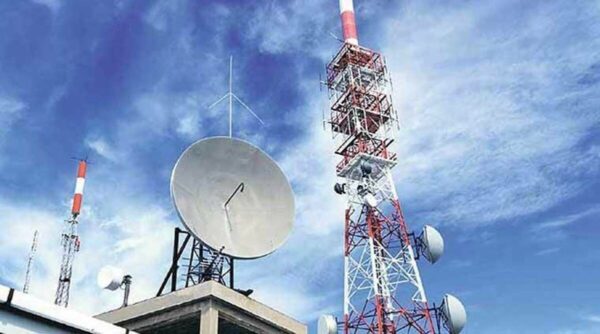
Why is 5g not yet implemented in India?
Since the Indian telecom regulator, TRAI, has not given the programme its final permission, 5g has not yet been implemented in India.
Spectrum availability and customer needs are two of the 5g-related concerns that TRAI is actively debating. The TRAI will then give the programme its final clearance once these problems have been remedied.
How much does upgrading from 4G to 5G technology cost?
The cost of switching from 4G to 5G technology will vary depending on your provider and device; therefore, there is no single solution to this question. A ballpark figure, though, would be between $100 and $200 per phone or tablet.
What are the pros of upgrading from 4G to 5G technology?
1. Increased speed and performance.
2. Increased capacity.
3. Improved call quality.
4. Reduced latency.
5. Improved battery life.
6. Increased security with improved authentication and encryption standards.
What are the cons of upgrading from 4G to 5G technology?
Depending on the app or service using the frequency in issue, your device may strain its shaky connections to connect faster, or data may get lost without being properly downloaded, resulting in a performance hit (the amount available by carrier per user every month). Approximately 85% of the money will go to the supplier of network equipment, 15% to the producer of smartphones, and 3% will be set aside for taxes.
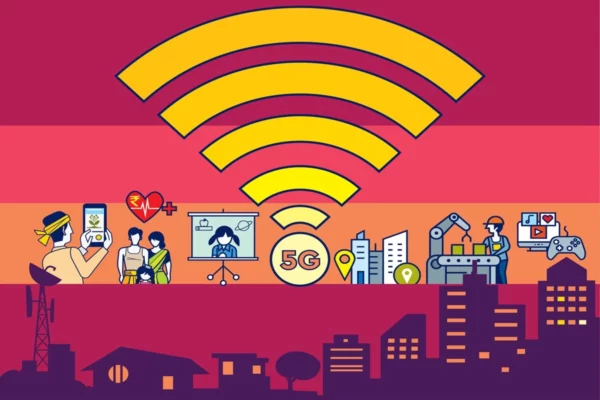
How 5G could help in powering Digital India?
- Democratising education
By providing better remote learning chances, 5G can significantly alter the educational landscape. In India, achieving a consistent level of teaching quality is challenging, and this is particularly true for rural areas. With 5G, content and interactive virtual classrooms of the highest quality can be transmitted throughout the nation from any location, bridging the divide between rural and urban India.
This implies that students in isolated Indian villages would be able to engage in lessons in real-time rather than viewing films of faraway lecturers. A holographic instructor who can beam in to conduct conversations on specialised subjects might be a feature of 5G-enabled classrooms, along with seamless virtual reality experiences, increased engagement, and connected devices that might eliminate educational gaps for students who live in remote places.
-
Reliable healthcare
Even the most remote locations might have access to dependable healthcare with 5G. One could contact a medical practitioner anywhere in the world by visiting a nearby kiosk. Teleconsultation and remote tests will close the gaps in rural healthcare. Patients can use telehealth services to speak with their doctors more swiftly thanks to 5G, enabling people who cannot travel, don’t have transportation, or are too ill for an office visit. Artificial intelligence, IoT, and connected gadgets will contribute to giving the nation’s healthcare a new dimension by enabling remote diagnosis, treatment, and even surgery.
-
Smart agriculture
Agriculture is a key component of economic growth that cannot be overlooked. Agriculture’s digitisation and the adoption of 5G-enabled technologies like IoT and AI could increase productivity overall. Smart sensors installed on a farm may collect and send real-time data on the soil condition, humidity, and temperature to gauge and alert farmers of what has to be done to maintain the health of their crops.
Agricultural activities and procedures will be monitored, automated, and improved using 5G. In case of a disease in one farm area, this kind of real-time information will enable farmers to act quickly and effectively manage their resources, such as water and fertilisers.
-
Enable Industry 4.0
5G will aid in the revolution of the smart industry by enabling Industry 4.0. A smart factory will have highly reliable real-time communication with all of the equipment in the facility. This will promote worker comfort and safety while also increasing the productivity of numerous businesses. Industry 4.0 has had significant connectivity challenges, but 5G will enable vital connections between production machines and robotics.
-
Smart Cities and Smart Homes
Smart homes and smart cities will adopt the usual pattern of sensor-equipped gadgets communicating with one another. We may enter a new era of AI-enabled personalisation, particularly for homes, with optimised electricity use, automated grocery lists, device tracking, and automatic execution of everyday routines.
In the context of smart cities, 5G could facilitate smart traffic management, smart waste disposal systems, smart electricity grids and metering systems. In practice, this means that the power and water supply will always be available, cities will be safer and cleaner, and authorities will respond to accidents and problems before anyone reports them.
Lag-free gaming and entertainment
The entertainment experience will also advance thanks to 5G. The experience provided by gaming consoles can be duplicated by engaging in a virtual environment with lag-free streaming while playing an interactive cloud game.
It won’t merely result in faster streaming and download times. The extremely low latency will mark a significant change. Services and operations that have hitherto been housed in cloud data centres will shift to the mobile edge to take advantage of the incredibly low latencies provided by 5G.
Consumers will have a very haptic network experience thanks to mobile edge computing. With the widespread adoption of AR/VR and mixed-reality headsets that will offer visually stunning experiences never before seen, the streaming of entertainment, including sports, concerts, and movies, will also be revolutionised.
-
New business models
With 5G, network resources may be divided into slices of different sizes and shapes, providing services of varying quality over the same physical network. This will result in the introduction of newer business models that allow app developers and service providers to supply consumers with innovative new experiences without interfering with other users’ experiences.
With networks installed in Korea, the US, and other countries during the past two years, Samsung is a world leader in 5G networks. We recently unveiled our updated R&D strategy in India as part of our new vision for Samsung in India: to “Power Digital India” and “Power 5G.”
With these use cases, 5G could help in powering Digital India.
edited and proofread by nikita sharma




